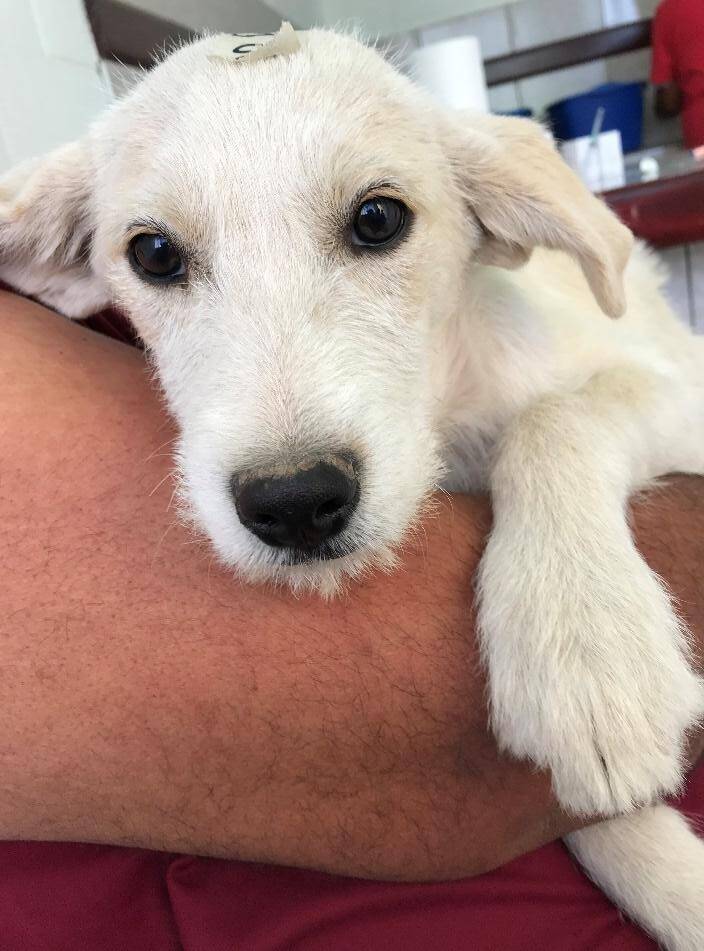We’ve been asked why we castrate male dogs and cats instead of vasectomizing them.
Castration, which is the customary method of sterilizing male pets, involves the removal of the testes and the testosterone they produce. The hormone testosterone causes aggressive behavior toward other males.
Castration is a routine procedure that takes only a few minutes, and the animals recover quickly. Without testosterone, cats experience much reduced urge to mark their territory with unpleasant-smelling urine, and dogs stop stalking females in heat. Both cats and dogs are much less likely to get into fights that cause serious injuries, infections, property damage, and sometimes death.
Vasectomy is a rarely performed method of sterilizing male pets. A section of the spermatic cord is removed, thus preventing sperm from being ejaculated. After a vasectomy, the testes continue to produce testosterone, and inter-animal aggression and attempts at mating continue. Testosterone will cause the prostate gland to enlarge. In old age many intact and vasectomized male dogs develop prostatic and urinary tract diseases, including prostatic hyperplasia and cancer.
Vasectomized dogs and cats behave like unsterilized ones,
roaming widely and getting into trouble.
Vasectomized dogs and cats behave like unsterilized ones, roaming widely and getting into trouble. Roaming increases the likelihood of severe injury, such as being hit by a vehicle. Cats still leave malodorous urine territory-marking. Dogs continue trying to find and mate with females in estrus. Their efforts to dominate other males puts them in danger because of bite wounds and fight injuries, even death.
Most people love their animals. Castration helps male pets be better companions and keeps them safer from many risks of injury, disease, and death.

To permanently modify male pets’ behavior, to enjoy better companionship with male pets, and to prevent diseases commonly associated with intact and vasectomized male dogs and cats, veterinarians and other animal behavior experts recommend castrating them.
This article was written with assistance from Marsha L. Heinke, a Doctor of Veterinary Medicine in Grafton, Ohio, and a member of dvm360 magazine’s Editorial Advisory Board.
